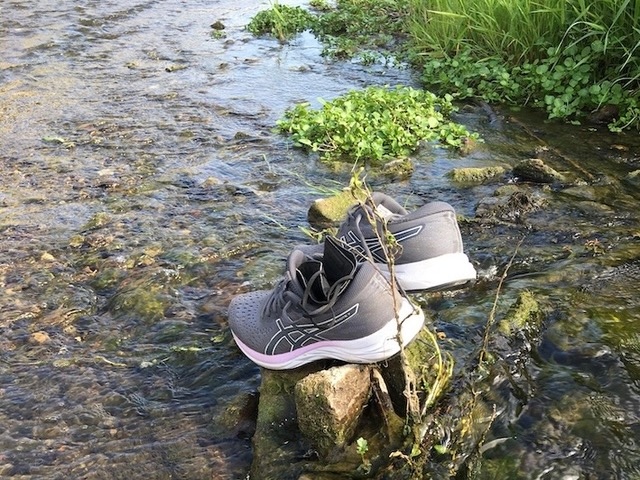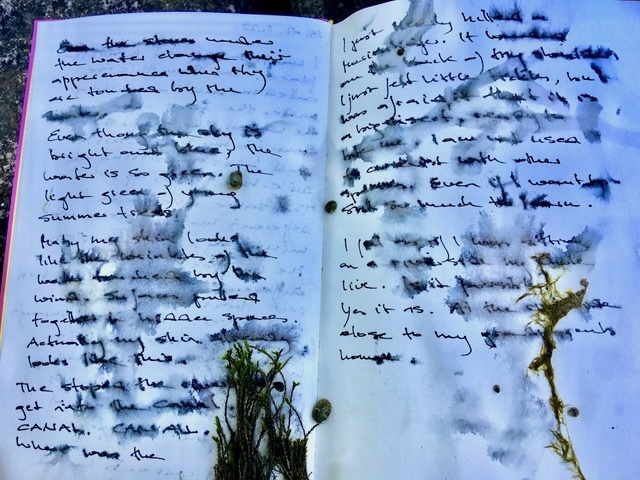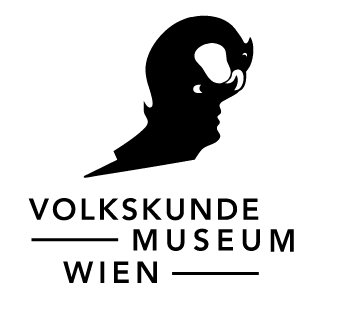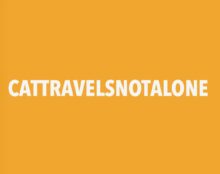CHOREOGRAPHIC RESEARCH
fluvial is a choreographic research concerend with the interaction between human and non-human bodies, specifically between human bodies and their environment. Environment here is: all living things, elements, minerals, and organisms, as well as their phenomena and cultural imaginary. It exercises an anticipated exposure to a community to come and a critical, feminist engagement with the Anthropocene.

With fluvial, the attention is drawn to the fluids of the body and addresses the question of how dance can be experienced as a regenerative, relational and indicative practice for everyone. I want to raise awareness of the existential, fragile, multiple communities and ecologies of our coexistence through the dancing body in a playful and sustainable way. Or to talk with Astrida Neimanis: … „If we are all bodies of water, then we are differentiated not so much by the “what” as by the “how.” The question, then, of “what is” is never sufficient. How is it? Where is it? When is it? Speed, rate, thickness, duration, mixture, contamination, blockage. But what are the specific mechanisms of this differentiation? …“
How does our perception change if we connect our awareness with the fact that, we consist 60% – 80% of water and the mostly watery composition of our body is not just a human thing? „To say that my body is marshland, estuary, ecosystem, that it is riven through with tributaries of companion species, nestling in my gut, extending through my fingers, polling at my feet, is a beautiful way to reimagine my corporeality. But once we recognize that we are not hermetically sealed in our diver’s suits of human skin, what do we do with this recognition? What do we owe, and how do we pay? … „
fluvial relates the study of the fluids of the human body to the rivers and streams of Vienna. Through the exploration of bodily fluids and their bodily-spiritual connections, specific patterns and qualities of movement emerge. The exploration of the different places and landscapes of the rivers and streams in Vienna puts the physical research into an expanded context.

fluvial realized in cooperation with the Volkskunde Museum and various dialogue partners:
Alix Eynaudi (Artist), Sabine Grupe (Head of the WGM Technical Office for Geology), Jack Hauser (Artist), Claudia Heu (Artist), Tom Klien (BSc – contemplative landscapes / mindfulness training / sustain*ability), Elisabeth Schäfer (Philosopher), Agnes Schneidewind (Cranio-Sacral Body-Practcioner, artist), Nurit Sommer (Cultural and social anthropologist, body therapist, movement teacher), Herbert Justnik (Curator, cultural scientist) Lito Walkey (Artist).
The research was composed through walking, dancing, writing, being hosted for four artist in residencies at Volkskundemuseum Wien.
WALKS in the company of: Sabine Grupe, Jack Hauser, Tom Klien along side the Alserbach, Donaukanal, Lainzertiergarten, Mauerbach, Otterkringerbach, Wienfluss and Donau, 7th and 1st district Vienna.
ARTIST IN RESIDENCES @ Volkskundemuseum Wien
Guests: Kilian Jörg (philosopher, artist) Cornelia Scheuer (artist), Agnes Schneidewind (artist, cranial sacral practicioner), Claudia Heu (artist), Alix Eynaudi (choreographer, dancer), Lito Walkey (artist), Oisin Monaghan (artist).
Exploring the interplay of theory & poetics, by reading, moving and exchanges resources.
A big heartfelt thank you to all the researchers, who contributed and shared their knowlegde so generously!
fluvial is supported with a research grant by the City of Vienna for 2022 and Volkskunde Museum Wien![]()

